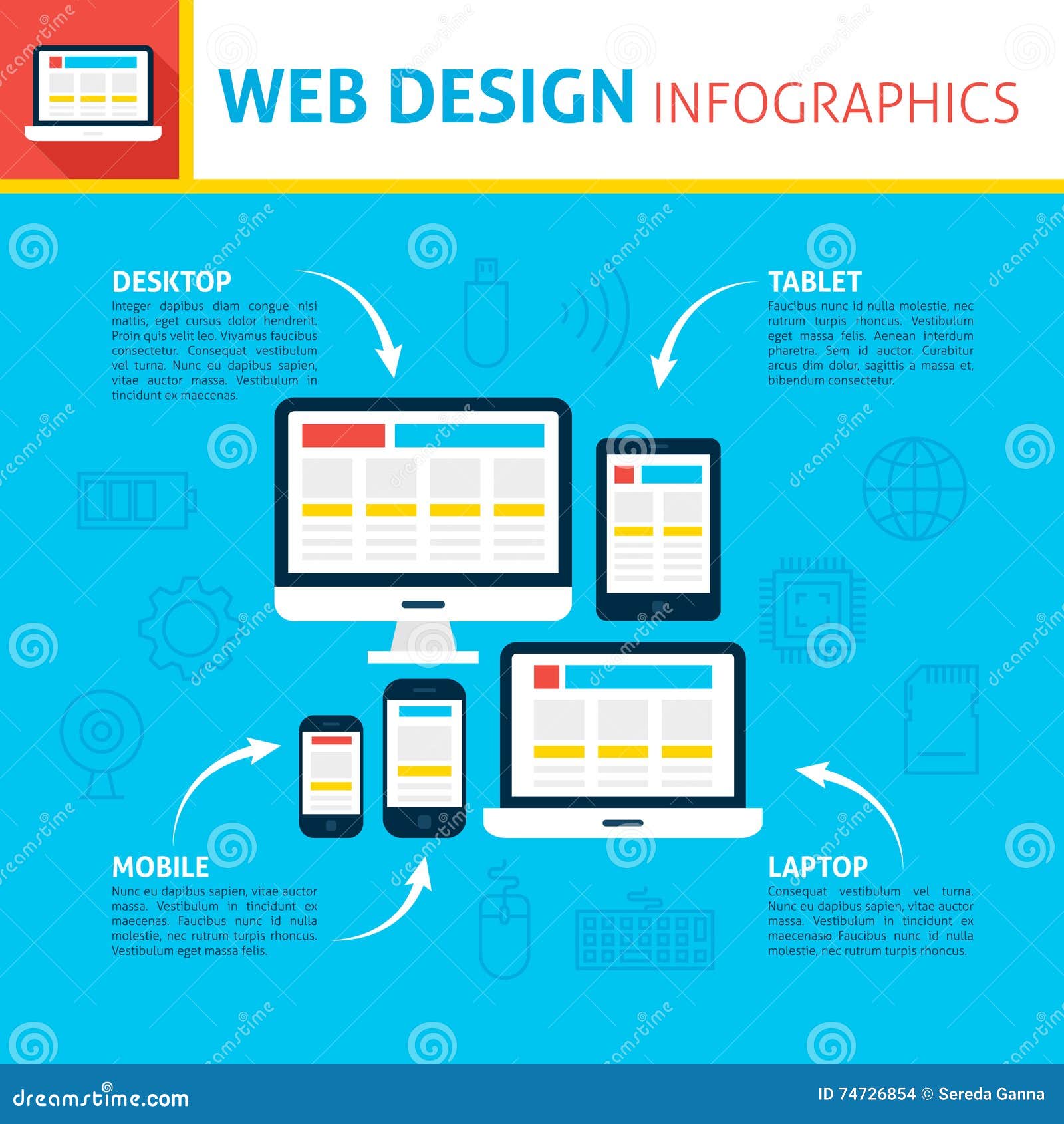The Development Of Website Design: From Past To Existing
The Development Of Website Design: From Past To Existing
Blog Article
Article By-Thorsen Trolle
In the past, internet sites were simple and focused on information. Navigation was direct, and layout was for desktops. Now, user experience is essential. Data overviews layouts for simple navigating. Responsive formats match different devices. Visit Web Page , dark mode decreases strain, and minimalist food selections enhance navigation. Interactive functions engage individuals, and vibrant visuals stand apart. AI combination increases interaction. See just how design has progressed to improve your online journey.
Early Days of Web Design
In the very early days of website design, simpleness preponderated. Internet sites were fundamental, with limited colors, fonts, and designs. The emphasis got on offering information instead of fancy visuals. visit this website accessed the internet through slow dial-up links, so speed and functionality were essential.
Navigation food selections were straightforward, typically located on top or side of the web page. Websites were developed for home computer, as mobile browsing had not been yet prevalent. Material was king, and developers focused on very easy readability over intricate design elements.
HTML was the primary coding language made use of, and designers needed to work within its restrictions. Computer animations and interactive attributes were minimal contrasted to today's requirements. Websites were static, with little dynamic content or personalized user experiences.
Rise of User-Focused Design
With the evolution of website design, a change in the direction of user-focused style concepts has come to be increasingly noticeable. Today, producing websites that focus on individual experience is important for involving site visitors and attaining organization goals. User-focused design involves comprehending the requirements, choices, and habits of your target audience to customize the web site's layout, content, and includes accordingly.
Developers now carry out thorough research study, such as individual surveys and functionality screening, to collect understandings and feedback straight from users. This data-driven approach aids in developing instinctive navigation, clear calls-to-action, and aesthetically enticing user interfaces that reverberate with visitors. By placing the individual at the facility of the style procedure, sites can supply an extra tailored and pleasurable experience.
Receptive layout has actually additionally emerged as a crucial facet of user-focused style, making certain that websites are enhanced for numerous tools and display dimensions. This adaptability improves accessibility and use, satisfying the varied methods users interact with internet sites today. Fundamentally, the surge of user-focused layout indicates a change towards producing digital experiences that focus on the needs and assumptions of the end individual.
Modern Trends in Web Design
Explore the latest patterns shaping website design today. One popular fad is dark setting design, using a streamlined and contemporary appearance while minimizing eye stress in low-light settings. An additional key fad is minimalist navigation, simplifying food selections and improving user experience by focusing on essential elements. Incorporating micro-interactions, such as animated buttons or scrolling impacts, can create a much more appealing and interactive internet site. Responsive style continues to be vital, ensuring seamless user experiences throughout various gadgets. Furthermore, utilizing vibrant typography and unbalanced designs can add aesthetic interest and draw attention to particular material.
Integrating AI modern technology, like chatbots for client support or individualized suggestions, enhances customer engagement and simplifies processes. Ease of access has likewise become a considerable trend, with developers focusing on comprehensive layout techniques to deal with varied individual needs. Welcoming sustainability by enhancing internet site performance for rate and performance is another emerging fad in website design. Teaming up with individual feedback and data analytics to iterate and improve style continuously is important for remaining relevant in the ever-evolving electronic landscape. By embracing these modern-day fads, you can create an aesthetically enticing, straightforward internet site that reverberates with your target market.
Verdict
As you assess the evolution of internet site design from the very early days to currently, you can see exactly how user-focused layout has come to be the driving pressure behind modern trends.
Embrace the journey of adjustment and adaptation in website design, constantly maintaining the customer experience at the center.
Remain current with the current fads and innovations, and never stop evolving your method to develop visually stunning and straightforward web sites.
Develop, adjust, and produce - the future of website design remains in your hands.
